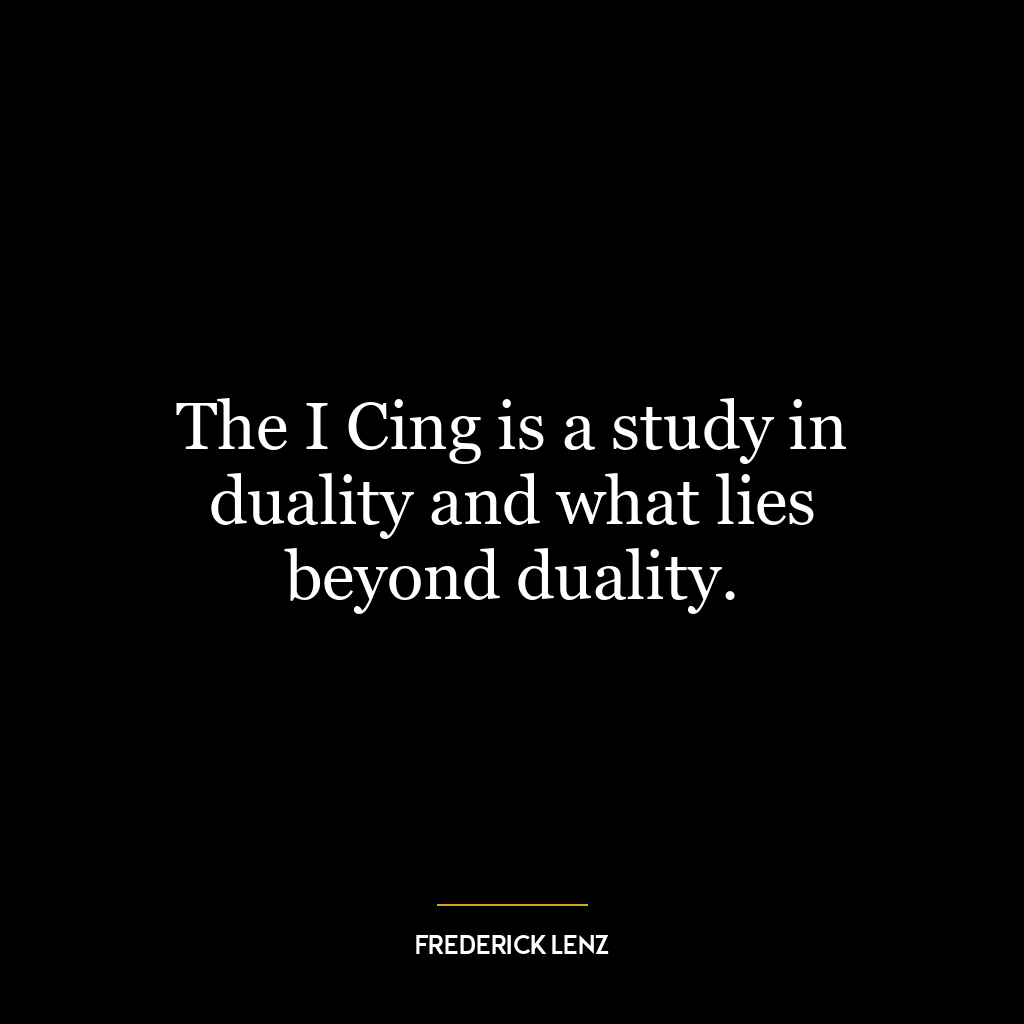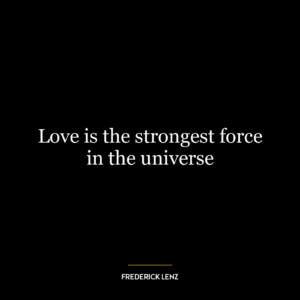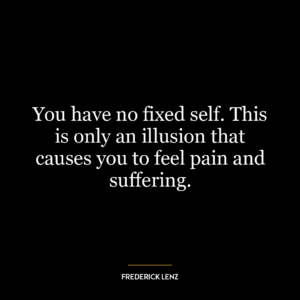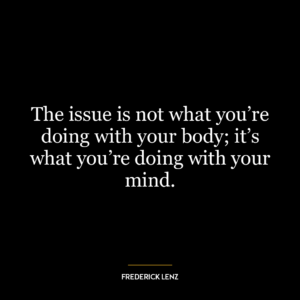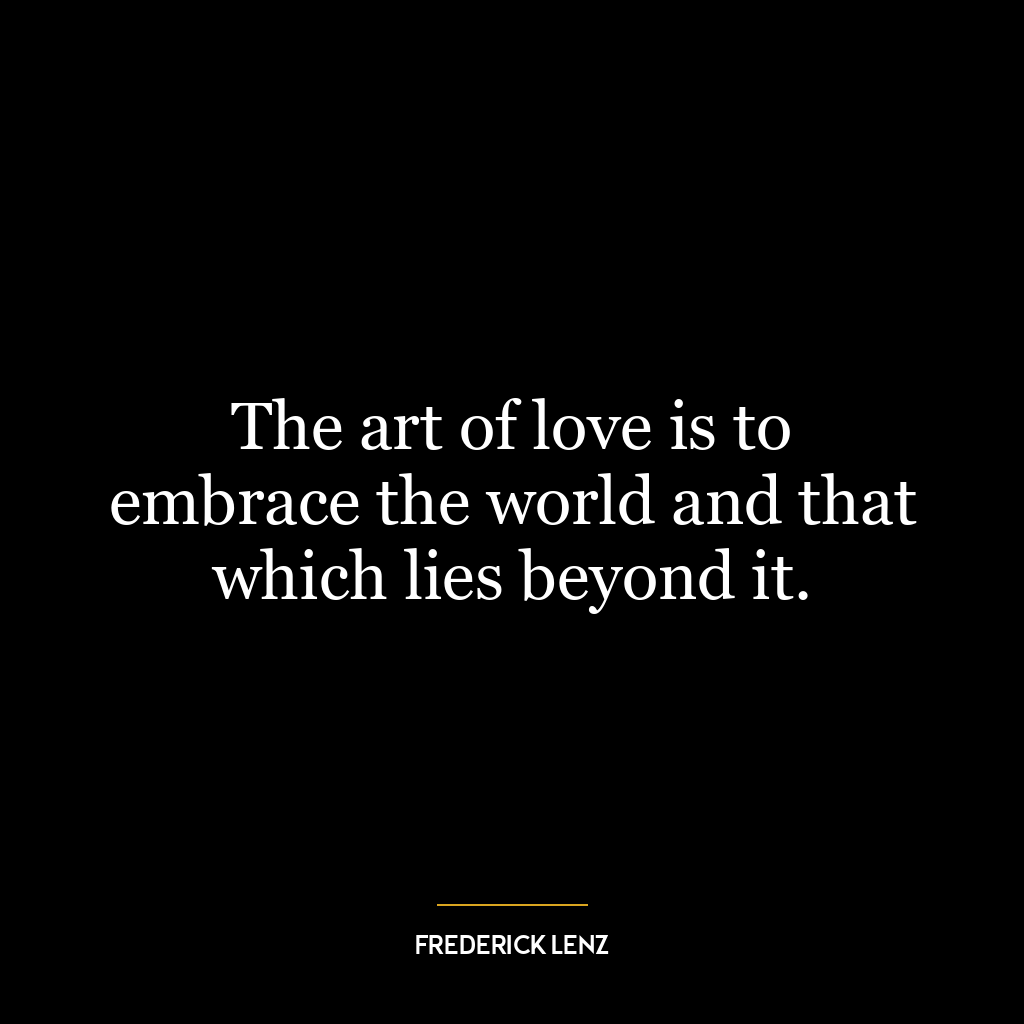The I Cing is a study in duality and what lies beyond duality.
The quote “The I Ching is a study in duality and what lies beyond duality” refers to the ancient Chinese text, the I Ching, which is also known as the Book of Changes. This text is a foundational element of Chinese philosophy, and it is built upon the concept of duality, the Yin and Yang, representing opposing but complementary forces or principles that make up the universe and all phenomena within it.
Duality, in this context, refers to the existence of two fundamental, contrasting elements. In the I Ching, these are often represented as light and dark, active and passive, or male and female. These dualities are not seen as opposing forces in a negative sense, but rather as complementary and interdependent aspects of a unified whole. They are necessary counterparts to each other, each one giving meaning and context to the other.
However, the quote also mentions “what lies beyond duality”. This refers to the understanding that while the world may be understood in terms of dualities, there is also a higher, unified reality that transcends these dualities. This transcendent reality is not easily defined or understood, but it is a central concept in many spiritual and philosophical traditions, including those that the I Ching is a part of.
In terms of application in today’s world or personal development, this quote can be seen as a reminder of the importance of balance and the recognition of the interconnectedness of all things. It suggests that while we may often see the world in terms of dualities (good and bad, success and failure, happiness and sadness), there is a deeper, more holistic understanding of reality that transcends these apparent opposites.
For example, in personal development, one might use this concept to understand that strengths and weaknesses are not separate, opposing qualities, but rather two sides of the same coin. Recognizing this can help one to cultivate a more balanced, integrated self-understanding and approach to personal growth.
In a broader societal context, this concept might be applied to encourage a more holistic, balanced approach to problem-solving, recognizing that seemingly opposing forces or perspectives are often interconnected and that the most effective solutions are those that harmonize these dualities rather than favoring one over the other.

